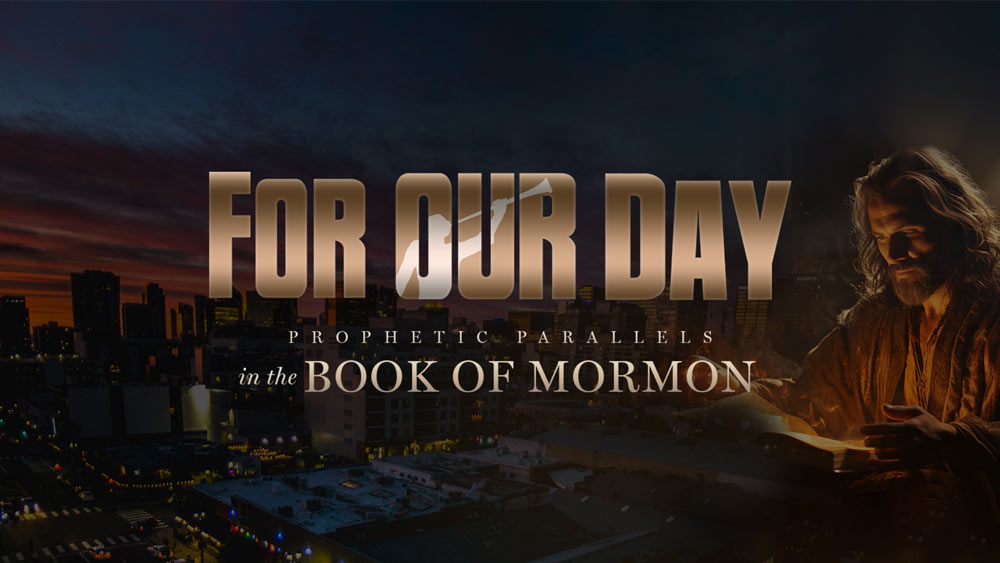Wayne May
During the “Zion’s Camp March” of 1834 the men dug into a burial mound overlooking the Illinois river where they found the skeleton of an ancient warrior. Joseph Smith received a revelation that his name was Zelph. Wayne May tells the full account in this clip taken from the DVD “Book of Mormon Archaeology in North America”.
Dr. James Bradley
Dr. James Bradley shares his research on the Zelph Mound accounts during Zion’s Camp.
Dr. Bradley Leper on obsidian blades
The Zelph arrow head was an obsidian blade. Dr. Bradley Leper, head archaeologist for the state of Ohio and one of the foremost experts on the ancient Hopewell Mound Builders, speaks of several massive obsidian blades found in Ohio with origins in the Yellowstone, Wyoming region. Many were likely ceremonial in nature. They were found near Newark, Ohio, sight of the largest earthwork complex in the world. Archaeologists have speculated that as a result of findings of exquisite artifacts made from exotic materials from all over North America, the Hopewell utilized this area as a gigantic ceremonial center, even hinting at a possible explanation through a massive pilgrimage into this area by the ancient Hopewell people who flourished here between about 300 B.C. and 400 AD. In the Heartland proposed geography for the Book of Mormon, this region would have been known as the Land Bountiful by the Nephites. The possible correlations are profound.
Associated Locations:
- Zelph Mound
Associated Dates:
- June 2-3, 1834 – Zelph Mound found








